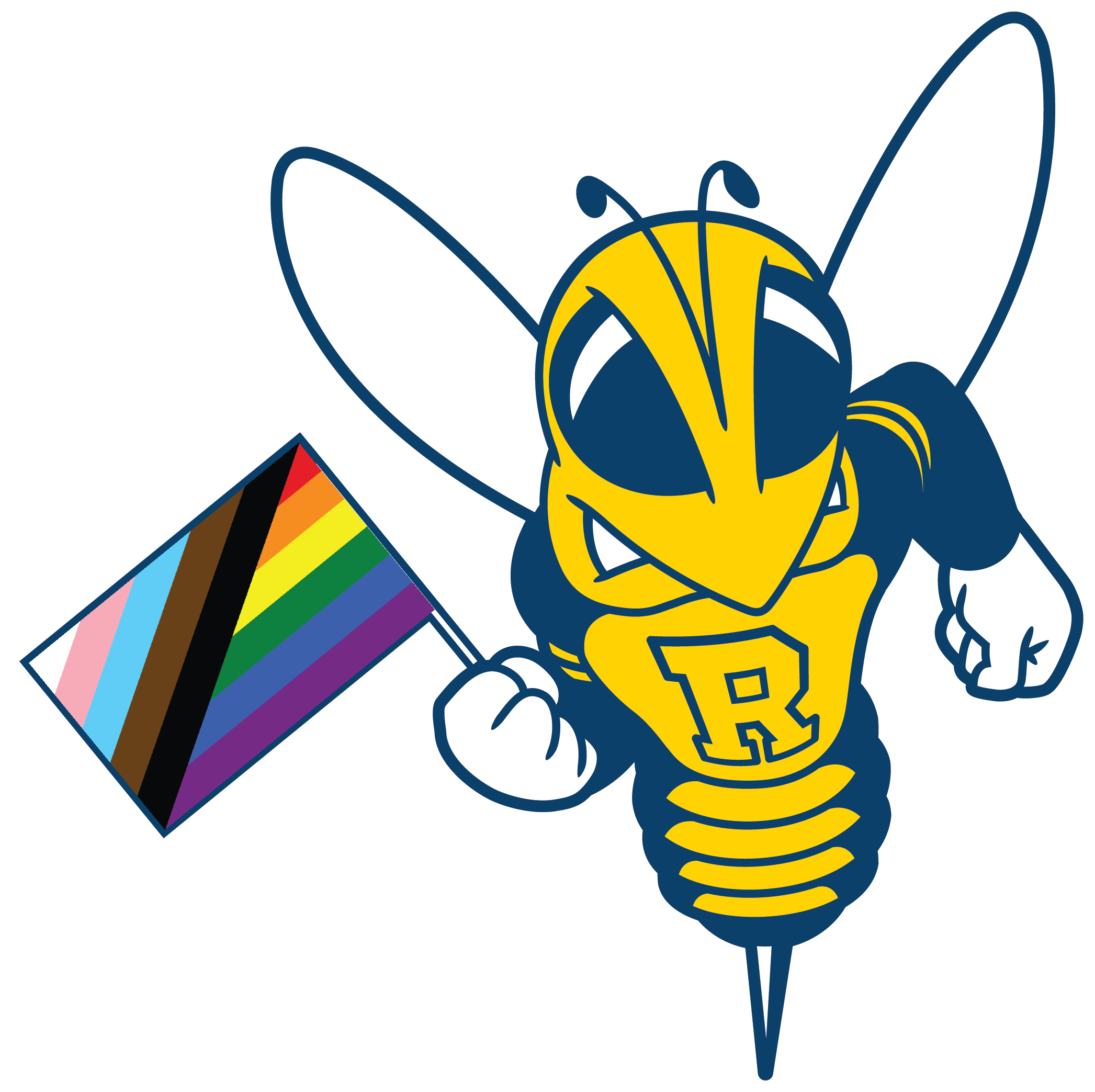2020 to Present Day

Even just four years into the decade countless efforts have been undertaken to make the campus a safer and more accepting environment. Many barriers have been removed for transgender students in terms of housing, health care, name change, and more. Most recently, under Dan Watts (Executive Director of Residential Life and Housing Services), one restroom on each floor of the freshman dorm Susan B. Anthony Hall was designated as an all-gender multi-stall restroom. This is a stark change from the one single-use bathroom for seven floors of residents that had previously existed. Just three years ago in 2021, one of these multi-stall gendered bathrooms had been changed to an all-gender bathroom after two transgender students were asked to leave the restroom contrary to the university policy which allows students to use the bathroom they feel most comfortable in. This story was not publicized, similar to many grievances that were likely lost over time at the university.
Now, incoming students will never have to face that issue.
In this case, the "generational knowledge" loss that occurs in the quick landscape of a college campus is to be admired. It is a privilege for incoming students to assume that the current conditions didn’t have to be fought for. This can be said about any era of LGBTQ+ progress at the University, from the early days of the GLF to current battles being won. It is important to remember these battles, always looking forward to the next generation of improvements to be made.
Updates from the BICC
Since hiring an LGBTQ+ Coordinator in 2017, the Paul J. Burgett Intercultural Center has facilitated many campus improvements for LGBTQ+ students. Some of these changes occurred in the background, unseen and deserve recognition. Other efforts have worked head on with students.
Some LGBTQ+ campus efforts have been:
- Name Changes on Workday (payroll system) & Blackboard (course system): Students can input their preferred name in Workday which transfers to Blackboard. Previously, students had to reach out to BICC or the Registrar's office: now it could be done swiftly and independently. This also allows students to have their preferred names easily changed for class rosters.
- Preferred names are now allowed on ID cards.
- Several all-gender restrooms on campus were created by changing signage and increasing privacy barriers without the need for major renovation efforts.
- There has been an increase in access to gender-affirming care on campus, expanded university coverage for gender-affirming care, and anonymous access to STI testing.
- LGBTQ+ Programming:
- BICture This: A series of LGBTQ+ art workshops featuring local queer artists
- LGBTQ+ Leadership Lecture: A semesterly lecture series that invites leaders in LGBTQ+ advocacy and activism to speak to students about their work
- Closed LGBTQ+ Discussion and Support Groups as an alternative to Pride Network which is open to all students: These groups are maintained by BIC so there is less risk of the group dissolving due to lack of student leadership. This also allows for more confidentiality and comfort while discussing identity.
- QSOC (Queer Students of Color)
- TINT (Transgender, Intersex, Non-Binary, and Two-Spirit)
- International LGBTQ Students
- Bi/Pan Group
- SAST (Students Avoiding Socialization Together)
- Ace/Aro Group
- LGBTQ First Years (Fall semester only)
These efforts have worked to assure that students aren't the only ones fighting for themselves on campus. The BIC allows for more avenues to experience LGBTQ+ life than ever before on campus. The blend of faculty work and student engagement moves towards fuller inclusivity and acceptance on campus. Unlike decades before, the LGBTQ+ group on campus isn't the sole resource on campus for students needing information or resources for their identity. The Pride Network still acts as an important presence and space to embrace LGBTQ+ students but it is only one of a great many places to go for resources and community.
Why Does Campus LGBTQ+ History Matter?
It is easy to think in black and white about issues of acceptance. Everything seems polarized. Yet, there are many more shades of gray. Campus Pride rated the University of Rochester 5 out of 5 stars, and yet there are always more ways in which the community can become more accepting. We must work to make LGBTQ+ acceptance obvious and commonplace. As mentioned, there are positives and negatives of the short memory span of college campuses. Things can easily be lost after students graduate and within four years many things are forgotten. However, it also means that progress feels much more solidified in the student's eyes. Once something has been fought for, it is a lot harder to eradicate permanently.
It is important to celebrate the small moments of visibility along with the larger moments of injustice. The decades of fights fought in the peripheral are no less important than the efforts of the founders of the Gay Liberation Front. Those fights are no less important than the steps taken by students and faculty today fighting for an even safer and equal tomorrow at the University. This is how we fight past complacency, by remembering the cost of today and what still needs to be done for a better tomorrow.


